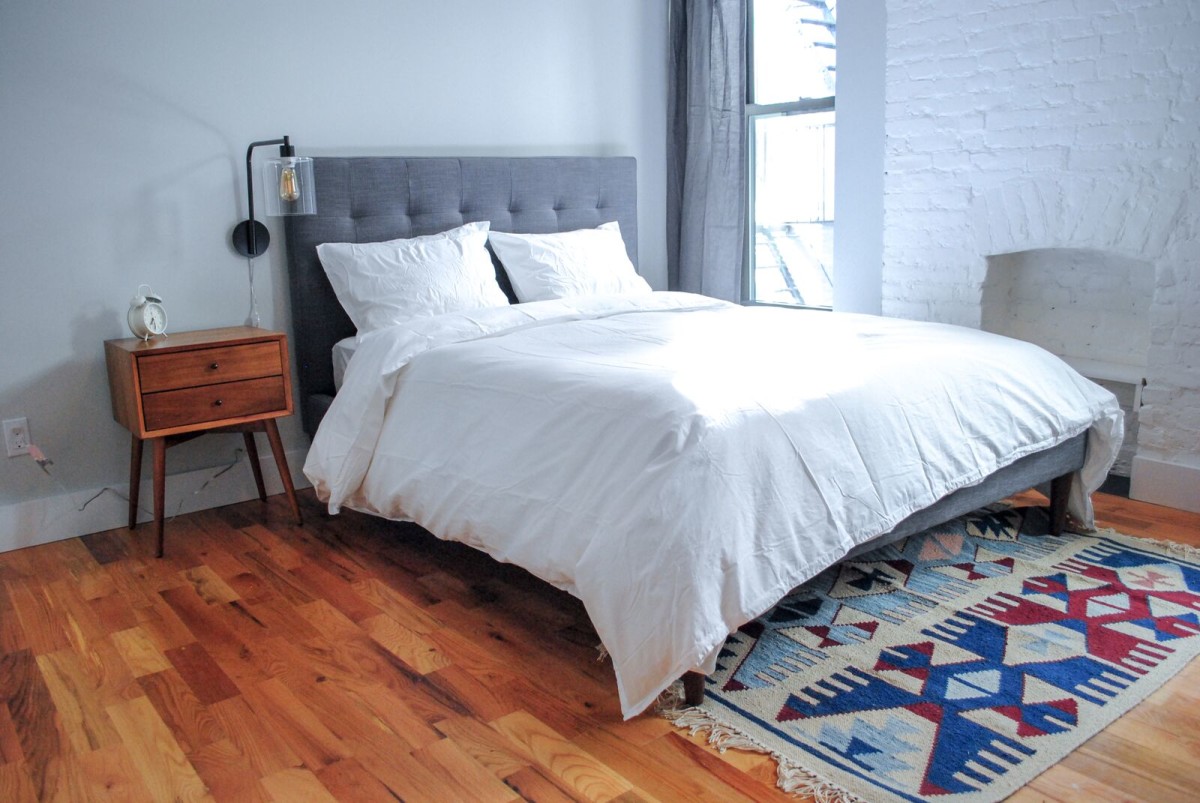Coliving is really happening, people. Brooklyn’s Common announced yesterday that it’s opening a fourth location all the way out in San Francisco.
Located in what the San Francisco Business Times calls the, “rapidly developing SoMa neighborhood,” the house will be a bit smaller than its Brooklyn cousins, with 12 bedrooms. Leases, which can be month-to-month, 6-month or 12-month, are expected to start at $2,600/month for the 12-month option. The neighborhood’s median monthly price for a one-bedroom, the paper says, is $3,850. (Yikes, and we thought we had it bad.)
Thrilled to open the first @hicommon home in San Francisco this week! https://t.co/Ty5Lyxj3R7
— Brad Hargreaves (@bhargreaves) August 9, 2016
Though the concept of coliving is not new (and potentially very, very old) Common has taken it to new levels this year. Seeking efficiency of space in expensive cities, the idea is for each member of the house to have their own bedroom, but to share kitchens, living rooms, bathrooms, and outdoor space.
If you think of a four-story walkup in Brooklyn, each floor has its own bathroom, its own kitchen and its own living room, right on top of each other. If everyone in the walkup were friends, or at least friendly enough to want to live with other people, you could remove those redundancies, fit in more bedrooms and chip in some of the money you’re saving to make those shared rooms super nice. That’s basically what Common does.
And it makes sense. In fact, in January, Technical.ly Brooklyn predicted that 2016 would be The Year of Coliving, so yeah. In housing markets where supply is not able to meet demand, something’s gotta give. Both San Francisco and Brooklyn have strict zoning laws which don’t allow for the construction of taller buildings in many parts of the city. One way of evening out supply and demand is for prices to rise until supply is diminished. That is clearly happening in both markets, which are among the most expensive in the country.
But another, more creative way of attacking the problem is to build tighter, not higher, to concentrate more people in the same space that already exists. That way the price can be cheaper, or at least remain where it is, by created more supply out of the existing buildings. The other benefit, Common hopes, is that people in such a tight space will form a community.
When we talked to Common founder Brad Hargreaves last year he explained that he saw the need for good housing and for community while he ran General Assembly.
“Our students would come [to New York] and typically wouldn’t qualify for a lease and would end up going to Craigslist and would rent a space from a stranger,” he said in the interview. “Some of those are great and some were really, really bad.”
So far, so good for coliving.
Join the conversation!
Find news, events, jobs and people who share your interests on Technical.ly's open community Slack
